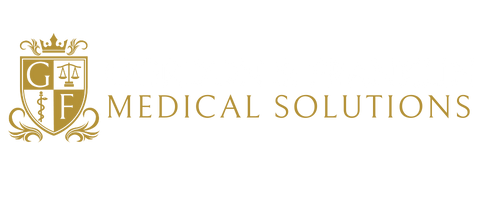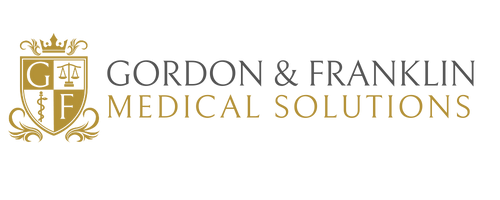Enhancing Medical Emergency Management
Medical emergency preparedness stands as a cornerstone in safeguarding the health and safety of participants in Phase I pharmacological research, particularly during first-in-human trials. This article offers a comparative analysis of emergency preparedness in two critical settings–first-in-human pharmacological research facilities and hospital urgent care centres–with the aim of shedding some light on the nuanced approaches required to ensure optimal emergency response across these environments.
Emergency Response in First-in-Human Pharmacological Research Facilities
The bespoke nature of Phase I pharmacological research, focusing on the safety and tolerability of investigational drugs in humans, necessitates a highly specialised emergency response framework, combined with specialised training tailored to the unique challenges of clinical trials. Such training encompasses advanced life support, recognition of specific adverse drug reactions, and the management of rare but potentially life-threatening conditions unique to new pharmacological interventions.
In this context, the integration of advanced technology can play a pivotal role in enhancing emergency preparedness, for example by leveraging real-time monitoring systems and data analytics to identify and respond to adverse events swiftly (Grant et al., 2020). Additionally, digital communication platforms facilitate instantaneous liaison with external emergency services and streamline the coordination with local hospital networks, ensuring a rapid and efficient response to medical crises (Gormley et al., 2022).
Training and Simulation Exercises
A proactive approach to emergency preparedness involves rigorous training and regular simulation exercises. These drills simulate a range of potential emergencies, from adverse drug reactions to catastrophic medical events, preparing staff to respond with precision and confidence (Olave-Rojas and Nickel, 2021). Feedback loops from these simulations are crucial for continuous improvement, allowing facilities to refine their emergency plans and training protocols regularly.
Emergency Preparedness in Hospital Urgent Care Settings
Hospital urgent care settings benefit from a much broader emergency response infrastructure, capable of addressing a wide spectrum of medical emergencies. The immediate availability of diverse medical expertise and resources within these settings ensures a robust response capability. However, the integration of research participants into this environment requires specific considerations. Tailored training for hospital staff on the particulars of first-in-human trials is essential to bridge the knowledge gap, ensuring that all team members are equipped to manage the unique needs of this cohort effectively.
Streamlining Communication and Coordination
Effective communication and seamless coordination between pharmacological research facilities and hospital urgent care settings are paramount. Establishing dedicated communication channels and protocols is necessary to ensure that critical information about the research participant and the investigational drug is swiftly transferred to emergency care providers. This integration is crucial for facilitating a more informed and effective emergency response, tailored to the specific needs and circumstances of the research participant.
Ethical Considerations and Patient Safety
At the heart of emergency preparedness in clinical research is the ethical imperative to protect patient safety. Ensuring that robust emergency measures are in place is a key ethical consideration. This commitment to safety underpins the trust between researchers and participants, crucial for the ethical conduct of first-in-human trials.
Conclusion
The importance of a comprehensive, context-specific approach to medical emergency preparedness in both first-in-human pharmacological research facilities and hospital urgent care settings cannot be overstated. Through close collaboration, ongoing training, and simulation exercises, alongside ethical vigilance, these settings can enhance their preparedness and ensure the safety and well-being of research participants. The insights and contributions from senior clinical and educational supervisors are invaluable in continually refining and optimising emergency response strategies across these critical healthcare domains.
References
Gormley, K., Alshehri, B., Mccutcheon, K. and Prue (2022). The Use of Information and Communication Technology between Emergency Medical Teams in Emergency situations: a Systematic Review. Biology and Medicine, [online] 14(6). doi:https://doi.org/10.35248/0974-8369.22.14.496.
Grant, K., McParland, A., Metha, S. and Ackery, A.D. (2020). Artificial Intelligence in Emergency Medicine: Surmountable Barriers with Revolutionary Potential. Annals of Emergency Medicine, [online] 75(6), pp.721–726. doi:https://doi.org/10.1016/j.annemergmed.2019.12.024.
Olave-Rojas, D. and Nickel, S. (2021). Modeling a pre-hospital Emergency Medical Service Using Hybrid Simulation and a Machine Learning Approach. Simulation Modelling Practice and Theory, 109, p.102302. doi:https://doi.org/10.1016/j.simpat.2021.102302.

